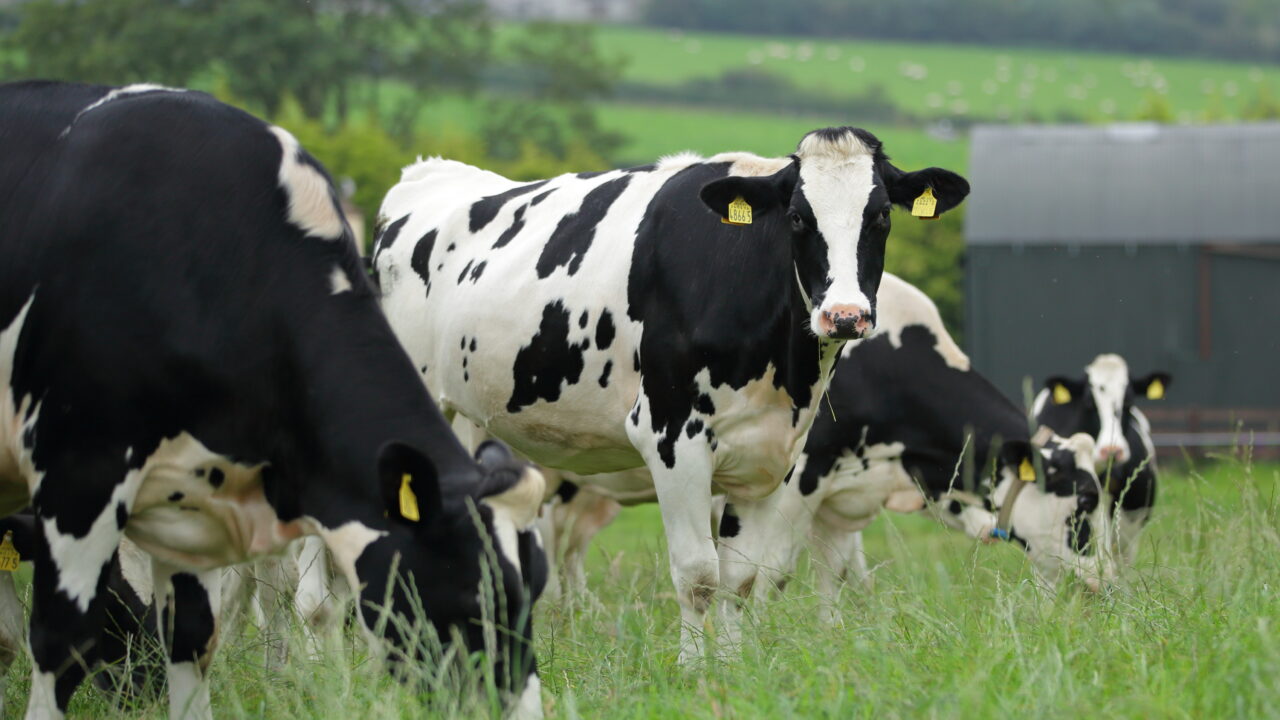Dairy farmers must review their on-farm cashflow and plan ahead to reduce the impact of the “cost of farming squeeze”, which sees milk prices remain low as input costs remain high.
This is according to Martin Reel, a senior business technologist at the College of Agriculture, Food and Rural Enterprise (CAFRE).
Reel warned that dairy farmers are at risk of seeing their profit margins shrink over the coming year, if input costs are not “kept under control”.
In recent months, the milk price paid to farmers has “reduced significantly”, Reel said, while input costs have not reduced at a similar rate.
This comes following a period which saw costs of feed, fuel fertiliser and energy increase as well as output prices for milk and livestock.
However, as the milk price has dropped in price and input costs have not, now is an “opportune time” for dairy farmers to review their cashflow, according to Reel.
“It is vitally important that farmers do all they can to manage their business costs at this time. A useful tool that dairy farm businesses can use is a cashflow planner,” Reel said.
Cashflow
Cashflow projections, Reel said, should be carried out for the next 12 months to determine whether action is needed to ensure adequate funds are available to cover higher input costs.
A cashflow budget should include realistic estimates of the level of production, prices and timescales.
“Cash is essential for farms to operate and meet monthly running costs. Cashflow is simply the movement of money into and out of your business,” Reel said.
“Cash is needed throughout the year but is not spread evenly across the months, as there are certain times when large expenses such as conacre or a contractor bill must be paid.”
Reel also urges farmers to keep in mind that, if higher profits materialise, this usually means tax bills will also be higher.
“Whilst looking at cashflow, it makes sense to review all expenditure, to ensure it is both absolutely necessary and good value for money,” he said.
“A good starting point is to review your farm bank statements over the last year and use this to plan ahead. Ask yourself, what, if anything can be done without.”
A cashflow budget highlights times in the year when borrowing money may be necessary to keep the business going until sufficient income is generated, Reel said.
It can also show when peak borrowing will occur and this allows farmers to identify their maximum requirement for finance.
“A bank overdraft is ideal for short term, flexible borrowing, but not for longer term or fixed borrowing,” Reel said.
Financing the future
Farmers should plan ahead and think of the future when making business decisions, like postponing major expenditures until prices improve.
“High interest charges and finance costs just add to the strain in difficult times,” Reel said.
“Be aware of your overdraft situation and talk to your bank manager early if you are likely to exceed your overdraft limit.
“The earlier financial issues are discussed, the more options there are to help resolve them.”


Individual farms, Reel said, should identify essential and non-essential spending and prioritise areas where there is a return on investment.
These areas include animal health and welfare, feed efficiency and soil management – for example, liming.
“Protecting the core business should be paramount in volatile times so having a healthy herd and fertile soils will improve long-term resilience and enable the business to avail of improved market returns in the longer term,” Reel said.
“Overall, there remains significant uncertainty around both farmgate prices and input costs and how this will impact farm businesses.
“It is vital to look ahead, assess your cashflow and make a financial plan now.”

